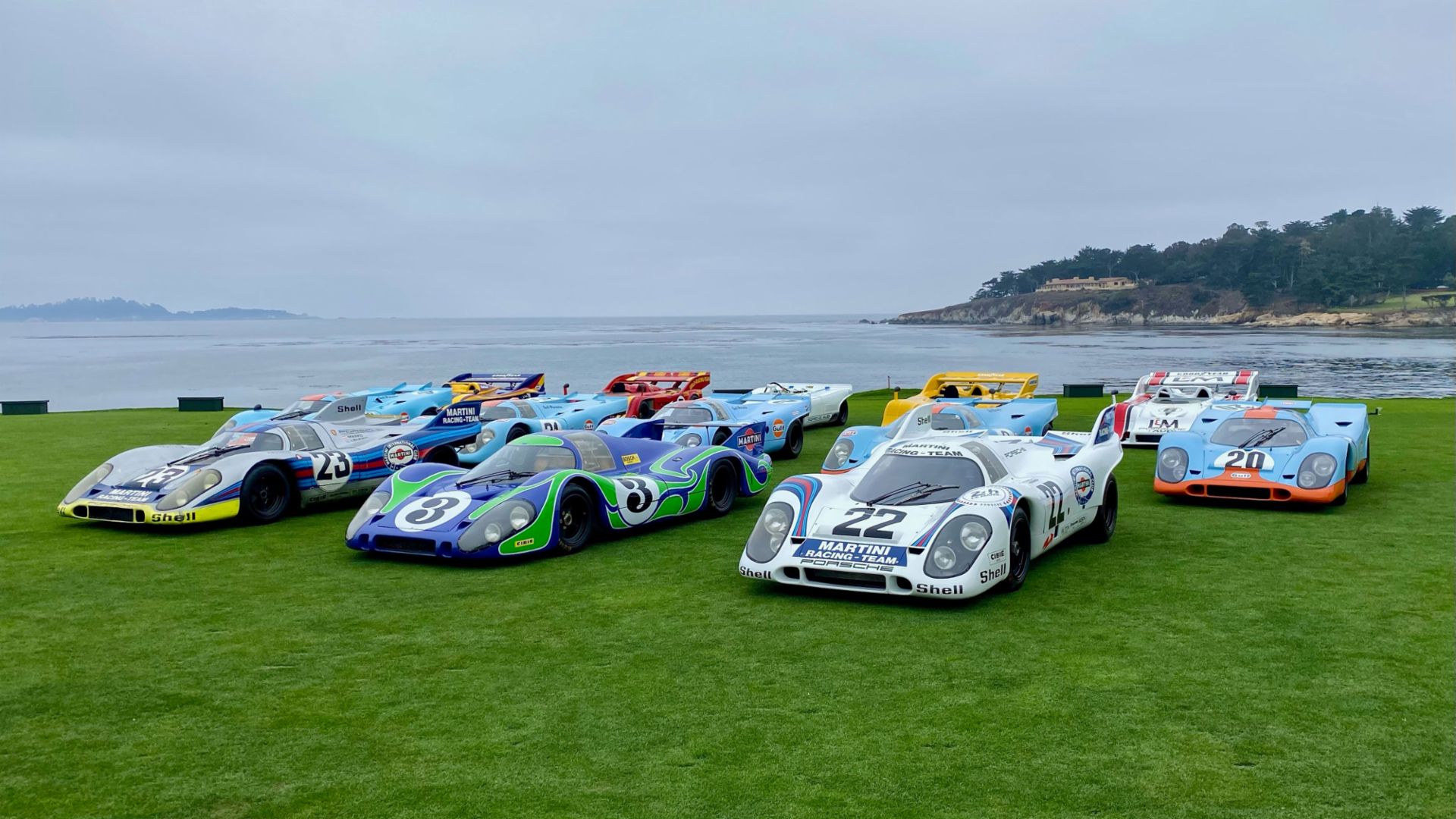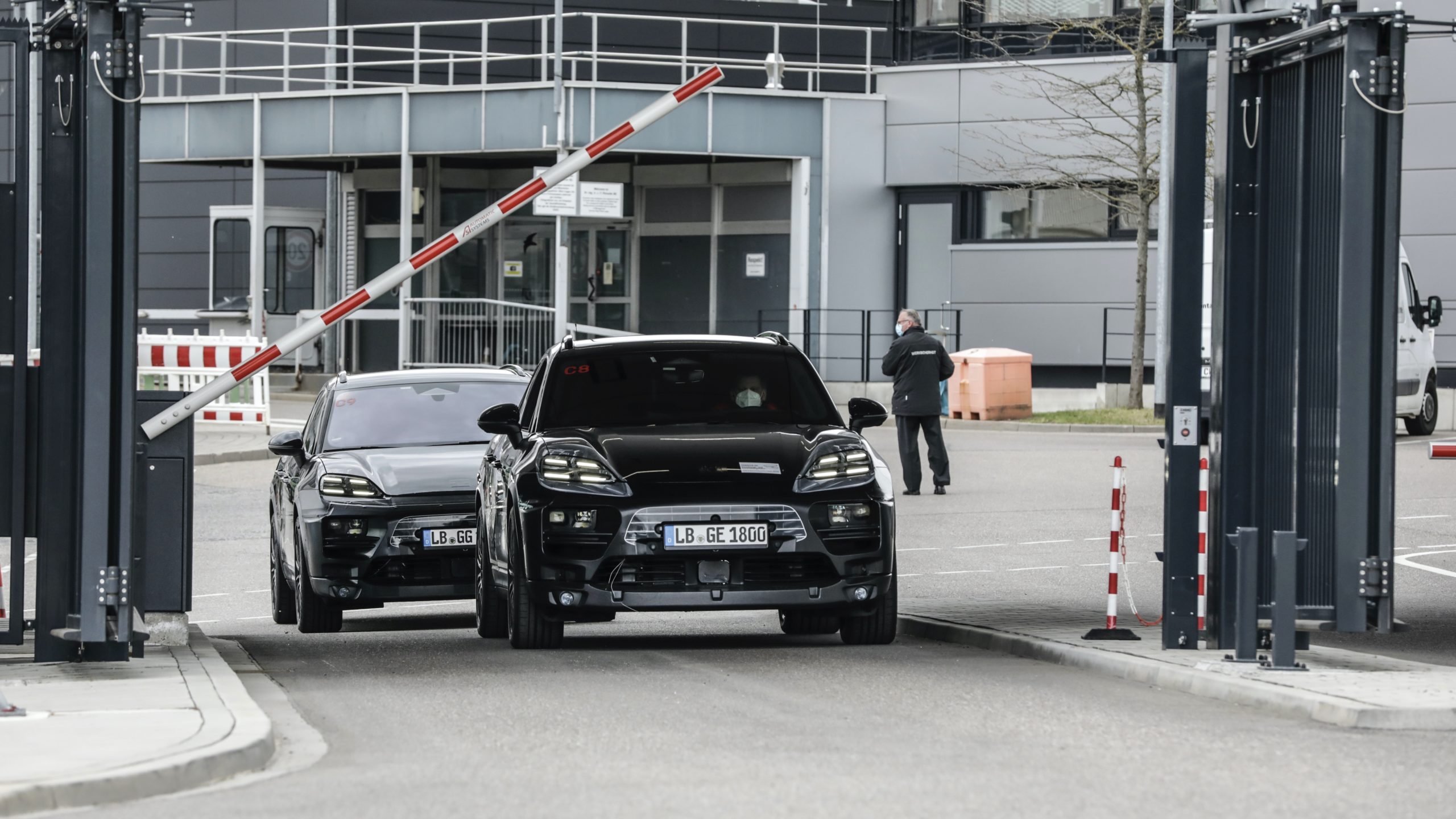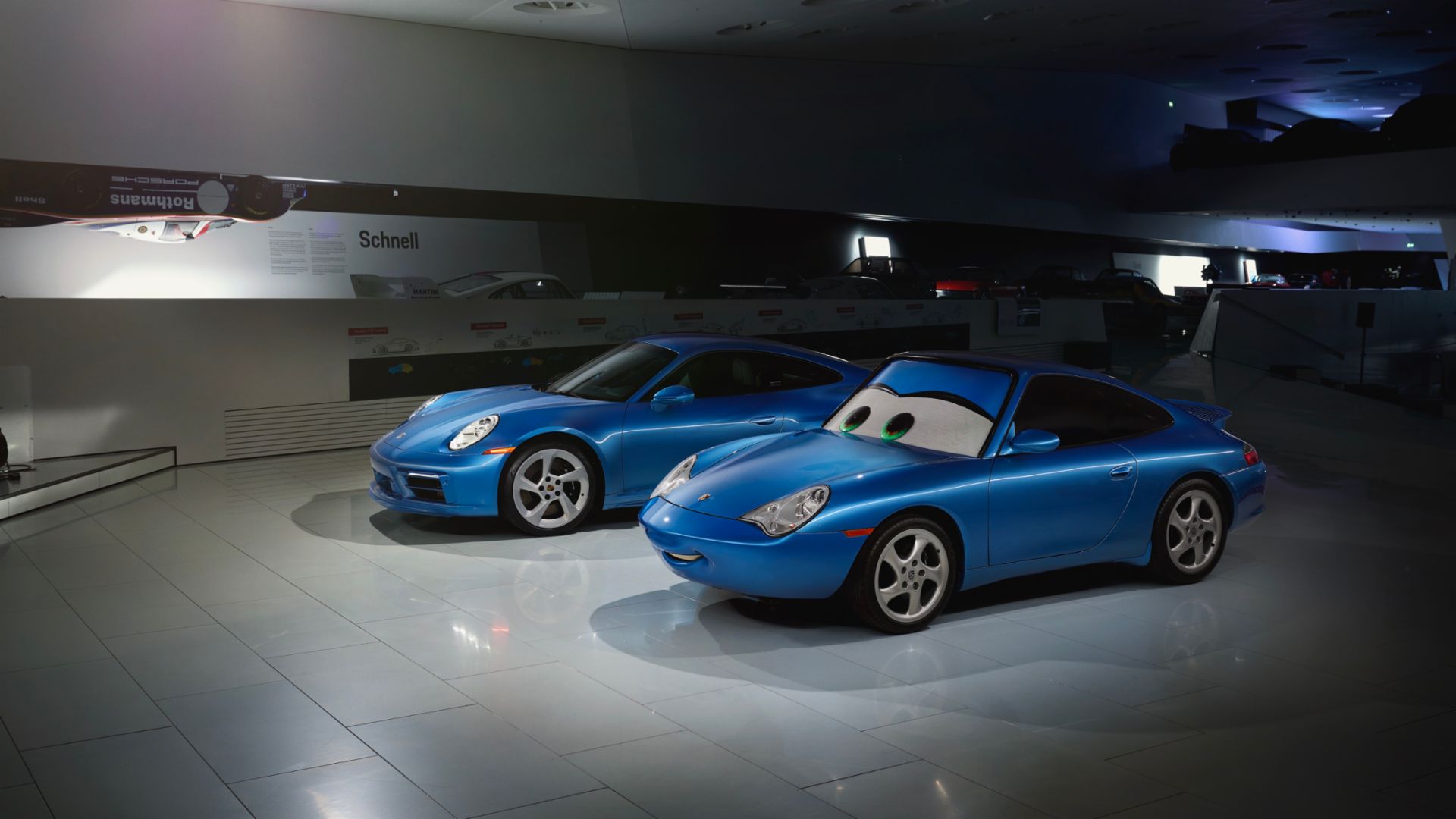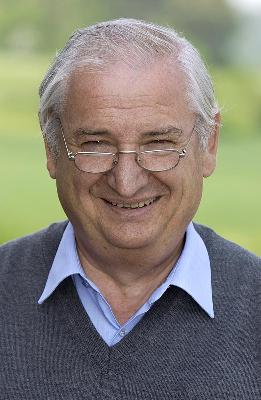 Porsche Cars North America President Detlev von Platen has announced that Norbert Singer, the only Porsche race engineer who contributed to each one of the Company’s 16 overall Le Mans victories, has been named the Porsche Rennsport Reunion IV Grand Marshal for the October 14 – 16 event at Mazda Raceway Laguna Seca in Monterey, California.
Porsche Cars North America President Detlev von Platen has announced that Norbert Singer, the only Porsche race engineer who contributed to each one of the Company’s 16 overall Le Mans victories, has been named the Porsche Rennsport Reunion IV Grand Marshal for the October 14 – 16 event at Mazda Raceway Laguna Seca in Monterey, California.
“I can declare with great confidence that every race car that has been produced by Porsche since 1970 – and we have hundreds of them coming to Rennsport – has a little bit of Norbert Singer in it,” said von Platen.
“We are proud to have Mr. Singer here to preside over this great gathering of Porsche race cars, and couldn’t be more pleased that he accepted our invitation to be the Grand Marshal,” he said.
Singer, now 71 years old, started in the race department in Weissach in 1970, with his first job being to design a cooling system for the recently introduced Porsche 917. He went on to take the lead engineering position with both factory teams and private customer squads with the 917, 935, 936, 956, 962C, TWR-Spyder and 911 GT1 98. As the Head of Works Sport and Operations, Singer made also the strategic and tactical decisions during the races.
In more recent times, Singer has consulted for Porsche as the rules liaison with the FIA and ACO, and worked with current engineers on the Company’s successful RS Spyder and 911 GT3 RSR projects.
Upon his retirement from full-time work in 2003, the Automobile Club de l’Ouest (ACO) presented Singer with the coveted “Spirit of Le Mans” trophy, an award usually reserved for an accomplished race car driver or the owner of a car company.
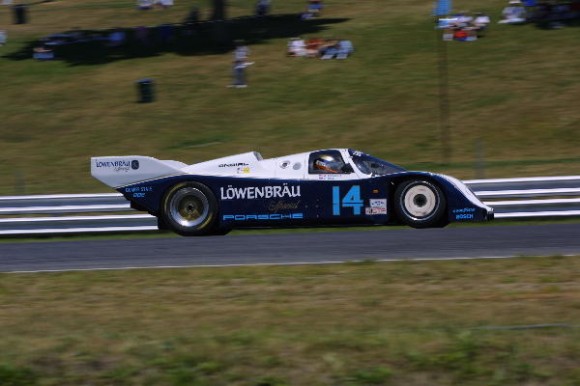 Singer’s name is also closely linked to many other Porsche motorsports successes apart from Le Mans. Five drivers’, three makes’ and two team world championships were won with the 956 and 962C racing sports cars between 1982 and 1986. The 962, in particular, has been the car Singer often refers to as his favorite, and easily the most accomplished racing prototype in history. When the rules finally retired the 962 in the early ‘90’s, Singer’s attention turned to GT racing, including the famous GT1 98 that won Le Mans in 1998, and the current line of 911 GT3 R/RS/RSR race cars, but he also contributed significantly to Porsche’s most recent prototype project, the RS Spyder.
Singer’s name is also closely linked to many other Porsche motorsports successes apart from Le Mans. Five drivers’, three makes’ and two team world championships were won with the 956 and 962C racing sports cars between 1982 and 1986. The 962, in particular, has been the car Singer often refers to as his favorite, and easily the most accomplished racing prototype in history. When the rules finally retired the 962 in the early ‘90’s, Singer’s attention turned to GT racing, including the famous GT1 98 that won Le Mans in 1998, and the current line of 911 GT3 R/RS/RSR race cars, but he also contributed significantly to Porsche’s most recent prototype project, the RS Spyder.
In the International Motor Sports Association series in North America, “his” vehicles secured 13 championships. It was here that the legendary combination of Peter Gregg/Hurley Haywood and the 911 RS won for the first time in 1973. “Singer cars” went on to secure 15 overall wins for Porsche, and at the Sebring 12 hour race, they triumphed eight times, including the overall win for the Porsche RS Spyder in 2008.
This recipe has served Norbert Singer – and Porsche – well over nearly four decades.
Source: Porsche


